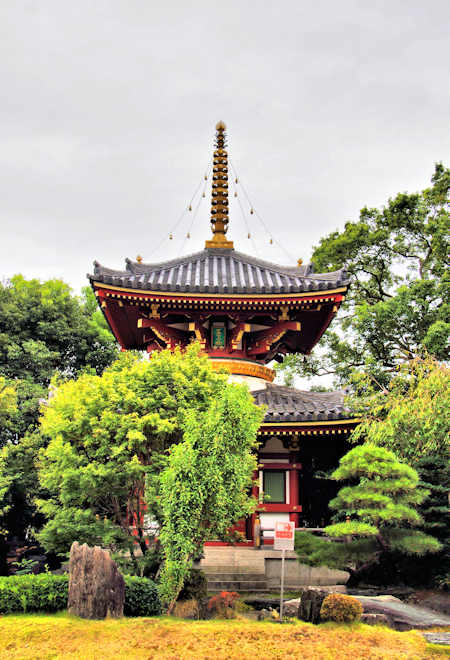I had been trekking in the Jebel Sahro before, and for the last three days we had passed through familiar territory, but from now on it was all new to me. The route mostly followed a high-desert valley downwards.
We passed a small group of camels belonging to a nomad family who had moved back into the high country after having wintered in the warmer lower elevations with their flock.
Gradually more and more ribbons of green appeared, and in this arid country wherever there is green people will have homesites....
Lower still and the signs of humans increase. Eventually we stop at a small store and enjoy warm sodas. Then the tower of a mosque appears, the first since entering the Jebel, a sure sign that we are nearing a road.
The sunset was sublime. Most of the group sat inside the tent chattering, seemingly unaware or indifferent to its beauty.....

























